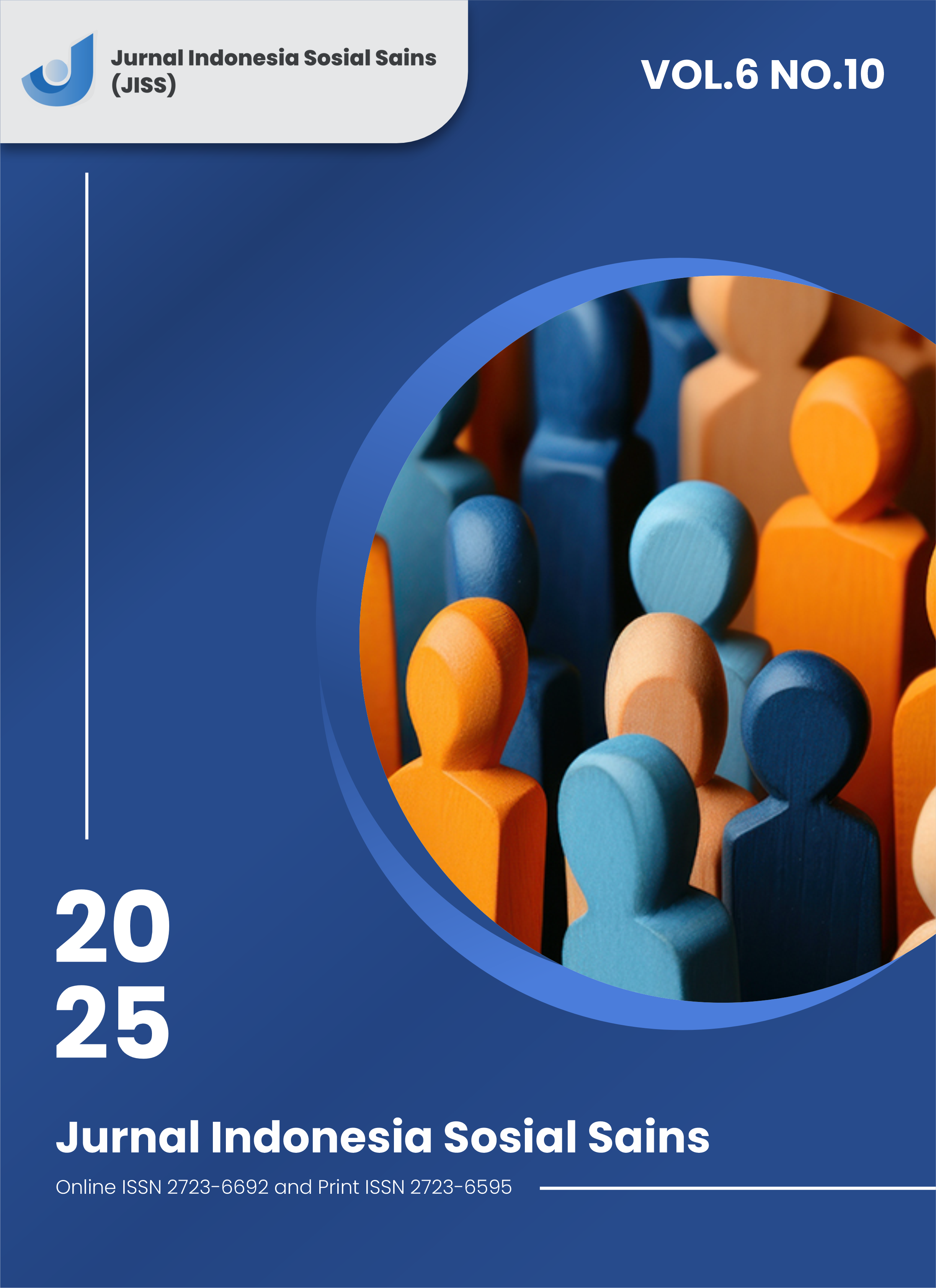Analysis Of Regional Tax Revenue Contribution To Local Own-Source Revenue And Projection In Bontang City
DOI:
https://doi.org/10.59141/jiss.v6i10.2042Keywords:
Regional Tax Revenue, Local Own-Source Revenue, Contribution Analysis, Projection, Bontang CityAbstract
This study aims to analyze the contribution of regional tax revenue to Local Own-Source Revenue (PAD) in Bontang City and to project its future potential based on historical data. The research employs a descriptive quantitative approach using secondary data obtained from government institutions such as the Regional Revenue Agency (Bapenda), the Regional Financial and Asset Management Agency (BPKAD), and the Central Bureau of Statistics (BPS). The data collected from 2019 to 2024 were analyzed using contribution analysis and linear trend projection (least square method) to evaluate the role of regional taxes in supporting fiscal independence. The findings indicate that although Bontang City has several tax bases—such as hotel tax, restaurant tax, entertainment tax, and land and building tax (PBB-P2)—their contribution to PAD has fluctuated and has not reached an optimal level. The projection results show the potential for increasing tax contributions in the coming years, provided that the local government implements more effective intensification and extensification strategies. This study provides theoretical contributions to the development of public finance literature and offers practical implications for policymakers in optimizing local tax revenues to strengthen fiscal independence and improve public services in the era of decentralization.
Downloads
Published
How to Cite
Issue
Section
License
Copyright (c) 2025 Hermansyah Hermansyah, Juliansyah Roy, Rachmat Budi

This work is licensed under a Creative Commons Attribution-ShareAlike 4.0 International License.
Authors who publish with this journal agree to the following terms:
- Authors retain copyright and grant the journal right of first publication with the work simultaneously licensed under a Creative Commons Attribution-ShareAlike 4.0 International. that allows others to share the work with an acknowledgement of the work's authorship and initial publication in this journal.
- Authors are able to enter into separate, additional contractual arrangements for the non-exclusive distribution of the journal's published version of the work (e.g., post it to an institutional repository or publish it in a book), with an acknowledgement of its initial publication in this journal.
- Authors are permitted and encouraged to post their work online (e.g., in institutional repositories or on their website) prior to and during the submission process, as it can lead to productive exchanges, as well as earlier and greater citation of published work.












